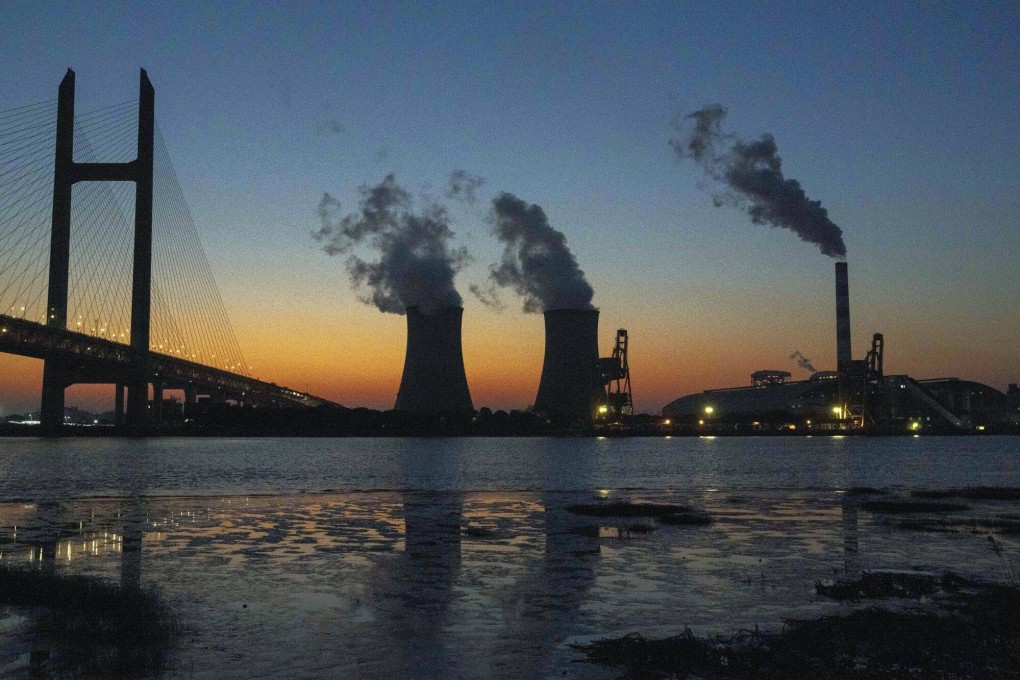China’s carbon market trading volumes surge, growth assured as scheme covers more sectors
- The scheme, which currently covers 2,257 key emitters from the country’s power sector, is due to expand coverage to the cement and aluminium industries

The cost of emitting carbon dioxide in China has nearly doubled over the past three years, as the world’s largest polluter charges companies for emissions in its drive to peak carbon dioxide discharge before 2030 and achieve carbon neutrality before 2060.
Set up in 2021, China’s national carbon emissions trading scheme (ETS), the world’s largest carbon market in terms of emissions covered, turned three this week, and analysts said it has “a long way to go” before catching up with its European peers and becoming an effective tool for cutting emissions.
The scheme, which currently covers 2,257 key emitters from the country’s power generation sector with annual emissions of 5 billion tonnes, saw cumulative trading volume of carbon emissions allowances reach 465 million tonnes, and transaction value reach 26.9 billion yuan (US$3.7 billion), according to the Shanghai Environment and Energy Exchange, which oversees the ETS.
Trading activity saw a boost in the third year compared with the previous two years. Since July 2023, 225 million tonnes of carbon allowances changed hands worth 15.9 billion yuan.
“The national ETS has met its initial goals, including building market awareness, establishing trading mechanisms, and guiding companies to monitor their emissions,” Belinda Schäpe, China policy analyst with the Centre for Research on Energy and Clean Air, said on Tuesday.
“However, these trading volumes and the carbon price, even though tripling over the past three years, still pale in comparison to the EU ETS [EU Emissions Trading System],” she said.
Carbon prices on the ETS closed at 87.05 yuan per tonne on Monday, compared to 60 yuan per tonne a year earlier, and almost double the opening price at 48 yuan per tonne on July 16, 2021, the day the market launched.